Hunting and fishing licenses expire March 31
Remember, your 2019-20 hunting and fishing licenses expire on March 31. You can purchase your annual hunting or fishing licenses for 2020-21 now.
 Warmer temperatures trigger coho action
|
At the end of winter, coho salmon from all over Lake Michigan swim south to Indiana looking for food and warmer water temperatures. More than 25,000 coho are caught by Hoosier anglers every year between February and April.
Thousands of shore anglers can enjoy this fishery with fairly simple fishing equipment. Most shore anglers use a variety of baits underneath a bobber, similar to fishing for crappie or bluegill. Browse our list of popular shore fishing locations and techniques or check out our Where to Fish map.
For boaters, it’s tough to beat the fast action of early spring coho trolling. Trolling with shallow diving crankbaits and small trolling spoons often results in filled bag limits. For tips on where and how to fish for coho salmon via boat, check out our guide.
Be sure to check bag and size limits. Anglers need a valid fishing license and trout/salmon stamp to fish for coho.
|
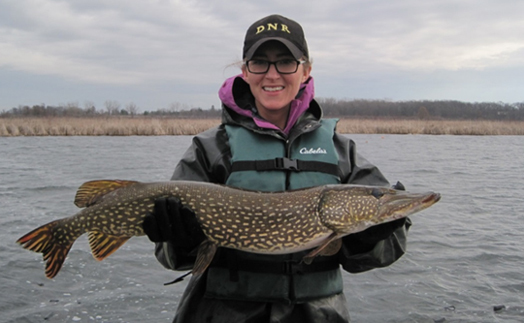 Enter to win with your Northern pike
March through May is a great time to fish for Northern pike. Indiana represents the southernmost extent of their natural range. These fish inhabit about a third of Indiana’s northern glacial lakes and several northern rivers. Voracious predators, pike can grow rapidly and achieve lengths nearing 50 inches, making them a popular species among northern Indiana anglers.
Many water bodies have exceptional Northern pike populations. Some of the best angling opportunities can be found in the glacial lakes of Kosciusko, LaGrange, LaPorte, Noble and Steuben counties. Each year, pike measuring over 40 inches are caught by anglers from these lakes and entered into the Fish of the Year program.
The lakes with the most Northern pike entries included Clear (Steuben County), Snow (Steuben County), and Dallas (LaGrange County) lakes. High-quality Northern pike populations can also be found in the Iroquois, Kankakee, Tippecanoe, Yellow, Fawn, Pigeon, Elkhart, St. Joseph, Wabash, and Mississinewa rivers.
Consider entering your Northern pike catches into our Fish of the Year program.
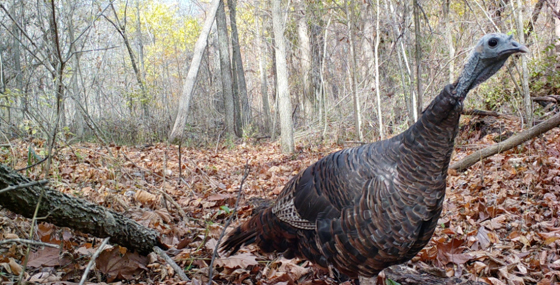 Register for youth turkey hunts, March 16-27
Youth hunters (under age 18 on the day of the hunt) may register for reserved turkey hunts between March 16-27. Hunts will occur April 18-19. Spots are limited. Hunters will only be allowed to register for one property. Find a list of participating DNR properties on our website.
Hunting seasons ending in March
March 1 - crow
March 15 - coyote, striped skunk
March 31 - game turtles, light geese
Trapping season for coyote, striped skunk, and beaver ends March 15.
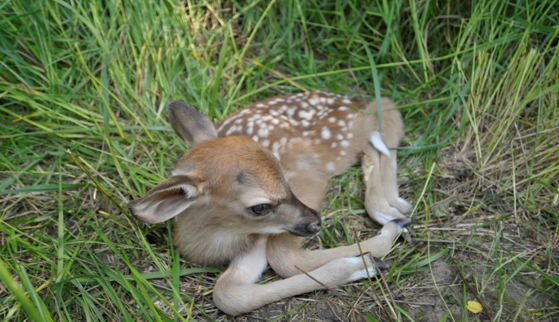 Keep wildlife wild this spring
It’s nearly spring and baby animals are beginning to be born across the Hoosier state. If you find young wildlife, remember:
-
Adult animals rarely abandon their young. The parent may be out searching for food. Leaving young unattended is normal for many species.
-
Do not hover to see if a parent comes back. Give the baby animal space and only check back periodically. Adult animals will not return if a person is standing nearby.
-
Young wildlife should not be handled. They can carry diseases or parasites and are capable of inflicting damage by biting or scratching. Human scent can also alert predators to the young animal’s presence.
While rescuing young wildlife is legal, keeping them is not. Truly orphaned or injured wild animals must be given to a permitted wildlife rehabilitator within 24 hours to maximize their chance of survival.
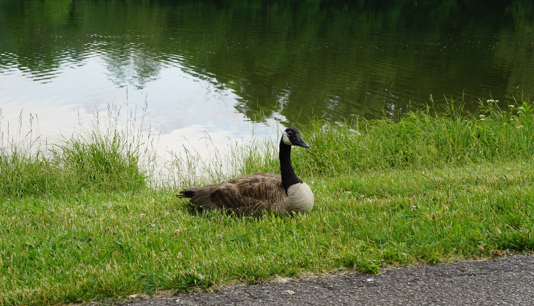 Canada goose nesting season is here
Most Canada goose conflicts occur during the nesting season from March to June when they defend their nests. Large areas of turf grass and a nearby water body make ideal nesting habitat for geese.
If you see a goose exhibiting aggressive behavior, give the bird and its nest space and calmly leave the area. Most injuries occur from tripping and falling while running from geese. Feeding geese will cause them to lose their natural fear of people and make it harder to discourage them.
Need help with an aggressive Canada goose? Check out our website for solutions or contact your district wildlife biologist for advice.
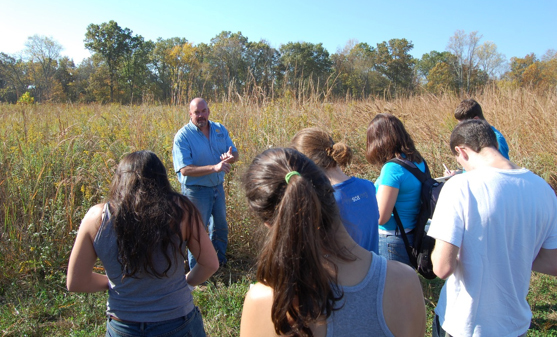 Learn how to develop wildlife habitat on your property
|
Our biologists provide technical assistance and information to private landowners on a variety of programs designed to enhance, create, and improve habitat for a diversity of wildlife species. With more than 90% of the land in Indiana owned by private individuals and companies, it is vital that landowners do what they can to improve habitat for wildlife on their property.
There are several state and federal programs designed to assist landowners in improving habitat. Whether using prescribed fire, planting trees and shrubs for wildlife, or planting pollinator habitat and food plots, anyone interested in obtaining information on how to reach their wildlife habitat goals should check out programs available to them.
|
Congratulations to our 2020 award winners
The Indiana DNR Division of Fish & Wildlife recently awarded its top-performing employees for their contributions to conservation, mentoring, and teamwork. The 2020 winners this year were:
Rob Sullender – Fish & Wildlife Mentor Award
During his tenure as property manager at Glendale Fish & Wildlife Area, Rob has trained nine assistant property managers. His staff is dedicated to providing exceptional habitat and a quality experience to all of Glendale FWA’s visitors.
Cassie Hudson – Fish & Wildlife Conservation Cornerstone Award
Cassie serves as the regional office manager for the Bloomington Field Office. Her responsibilities range from coordinating purchasing and completing office public works projects to helping negotiate research contracts. With her background in biology and previous experience as an assistant mammologist, Cassie takes on a diverse array of responsibilities.
Give Adventure Team – Director’s Team of the Year Award
Fish & Wildlife received the first $10,000 Give Adventure grant from the Indiana Natural Resources Foundation and secured an additional $14,000 in project funds from Reconnecting to Our Waterways. The project planted pollinator gardens at Wendell Phillips School 63 in downtown Indianapolis, provided teachers with Project WILD curriculum to use in the gardens, and introduced Groundwork Indy staff to career opportunities within natural resources fields. Fish & Wildlife staff and partners hosted a culminating community festival at Reverend Mozel Sanders Park, which is next to the school.
Jason Wade – Fish & Wildlife Conservation Champion
Jason serves as the North Region landscape biologist and uses programs from many government agencies and non-government organizations to effectively help private landowners establish and maintain wildlife habitat throughout northern Indiana.
Upcoming events
March 7 – Sandhill Crane Viewing Day, Goose Pond Fish & Wildlife Area
March 14 – Turkey Hunting 101, Pigeon River Fish & Wildlife Area
March 21 – Woodcock Walk, Goose Pond Fish & Wildlife Area
April 11 – Turkey Hunting 101, LaSalle Fish & Wildlife Area
April 11 – After the Fire, Goose Pond Fish & Wildlife Area
Recent news releases
Fish & Wildlife’s top performers get awards
See new exhibits during Goose Pond FWA Marsh Madness
Grasslands for Gamebirds & Songbirds had successful first year
Otter trapping season reaches quota, closes early
More

About Fish and Wildlife Management in Indiana
Fish and wildlife management and public access are funded by fishing and hunting license revenue and also through the Wildlife and Sport Fish Restoration Programs administered by the U.S. Fish & Wildlife Service. These programs collect excise taxes on sporting arms and ammunition, archery equipment, fishing equipment, and motor boat fuels. The money is distributed among state fish and wildlife agencies based on land size and the number of licensed anglers and hunters in each state. Find out more information about fish and wildlife management in Indiana at Wildlife.IN.gov.
|